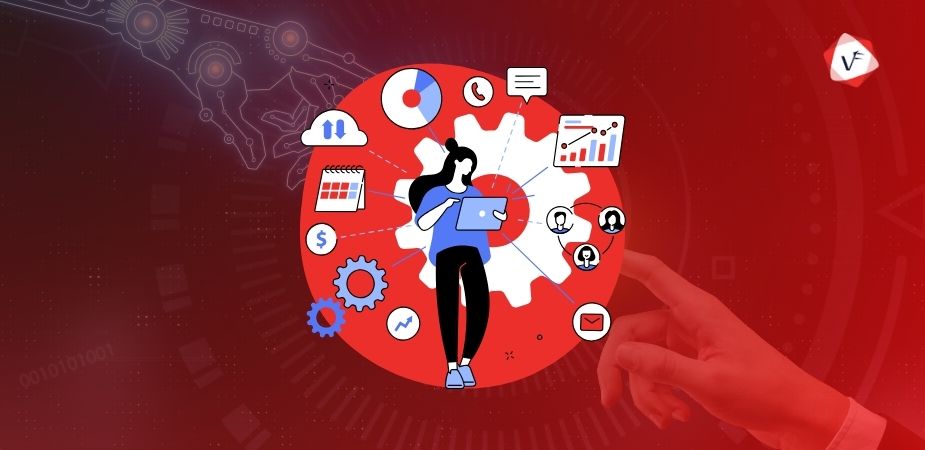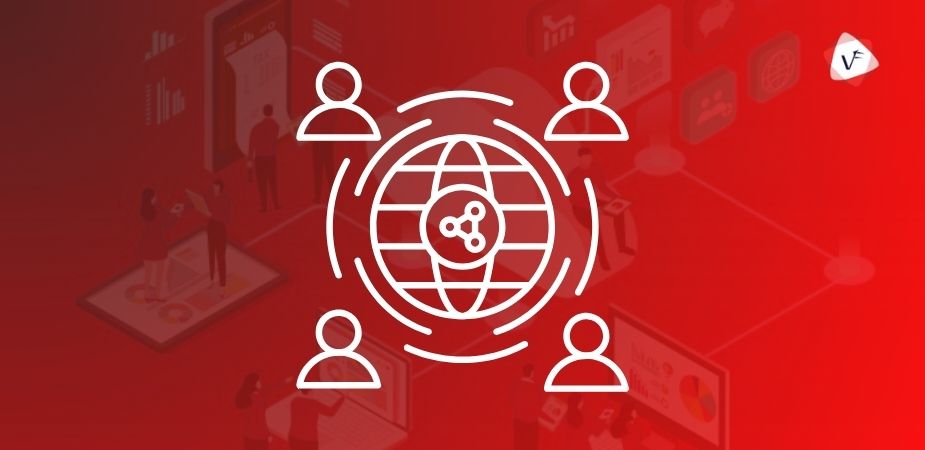Choosing a managed IT services provider is a big decision for any business, large or small. As technology becomes more complex and critical to day-to-day operations, having the right partner to manage your IT infrastructure, security, and support systems can make all the difference. This guide will walk you through the most important factors to consider when selecting a managed IT services provider that fits your business needs.
How to Select a Managed Services Provider?
- Experience and Expertise in Your Industry
One of the first things to look for in an IT services provider is their experience and expertise in your industry. Whether you’re in healthcare, finance, retail, or manufacturing, each sector has its unique IT challenges and regulations.
A provider with industry-specific knowledge can help ensure that your IT infrastructure and support systems are optimized to meet your operational needs and comply with relevant standards. For example, a provider experienced in the healthcare industry will understand HIPAA compliance, while a provider familiar with the finance sector will be aware of the best practices for handling sensitive financial data.
- Comprehensive Service Offerings
A managed IT services provider should be a one-stop shop for your business’s IT needs. They must offer a wide range of services to cover various aspects of your IT infrastructure. These services should include:
- Network Management: Monitoring, maintaining, and optimizing your network to ensure smooth operations.
- Cybersecurity: Protect your business from cyber threats, data breaches, and hacking attempts.
- Cloud Solutions: Offering cloud services for data storage, backups, and computing resources.
- Help Desk Support: Providing responsive support to resolve any IT issues that arise.
- Disaster Recovery: Ensuring that your business can recover quickly from system failures, data loss, or natural disasters.
A full-service provider ensures that you don’t have to look for separate vendors for different aspects of your IT needs. It also simplifies communication and management since you’re working with a single point of contact.
- Scalability and Flexibility
As your business grows, so will your IT needs. Your managed IT services provider should be able to scale their offerings to accommodate this growth. Whether it’s increasing storage space, adding new users to your system, or expanding your network, the provider should have the flexibility to adapt to your evolving requirements.
A scalable provider grows with you, adjusting the services offered to match your business’s size and complexity. This flexibility helps you avoid unnecessary costs and allows you to focus on growing your business rather than worrying about infrastructure.
- Security Measures and Data Protection
In today’s world, cybersecurity is a top priority for any business. A managed IT services provider should offer strong data security measures to protect your systems, networks, and sensitive information from external threats.
Look for providers that offer:
- Firewalls: To block unauthorized access to your network.
- Data Encryption: Ensuring that your data is secure both in transit and at rest.
- Anti-virus and Malware Protection: Keeping your systems free from malicious software.
- Backup and Disaster Recovery: Make sure that your data is regularly backed up and can be restored in the event of a disaster.
Providers that specialize in cybersecurity can help you navigate the ever-evolving threat landscape, ensuring that your business remains protected.
- 24/7 Support and Availability
IT issues don’t always happen during business hours. Your managed IT provider must offer around-the-clock support to resolve problems as quickly as possible. Look for a provider that offers 24/7 helpdesk support and has a rapid response time.
Ask about their typical response times for critical issues and how they handle emergencies. A good IT provider should have a well-defined service level agreement (SLA) that guarantees a certain level of service availability and response time. This ensures that you’re never left in the dark when a problem arises.
- Proactive Monitoring and Maintenance
A managed IT services provider should not just react to issues as they occur. Instead, they should take a proactive approach by constantly monitoring their systems and network for potential problems.
Proactive monitoring helps identify and fix issues before they escalate into more significant problems. For example, they might detect security vulnerabilities or performance bottlenecks before they disrupt business operations. Regular maintenance, including software updates, patch management, and system checks, is also vital for keeping everything running smoothly.
By catching issues early, your provider can minimize downtime, reduce costs, and improve the overall performance of your IT infrastructure.
- Clear Communication and Transparency
Communication is key to any successful partnership. When choosing a managed IT services provider, it’s important to ensure that they are transparent and communicate clearly about their processes, services, and pricing.
They should provide regular reports on system performance, incidents, and any improvements made. Ask about how they communicate with clients, both in terms of regular updates and the handling of any issues or emergencies.
A transparent provider is one who fosters trust and ensures that you are always in the loop regarding the status of your IT systems.
- Customer Testimonials and References
Before finalizing your decision, take the time to check customer reviews and ask for references. Hearing about the experiences of other businesses can provide insight into the provider’s strengths and weaknesses. Look for feedback on the quality of service, customer support, and how well they’ve helped companies like yours solve specific challenges.
It’s also helpful to ask for case studies or examples of how the provider has worked with businesses in your industry. This can give you a clearer picture of their ability to handle your specific needs.
- Cost and ROI
Cost is always an important factor in any decision, but it should not be the sole consideration. Managed IT services are an investment in your business’s efficiency, security, and growth. Rather than focusing solely on the lowest price, think about the return on investment (ROI) the provider will bring to your business.
A higher-quality provider with more experience, better support, and a proactive approach might cost more upfront, but it will save you money in the long run by preventing downtime, improving security, and optimizing operations.
- Seamless Integration with Your Existing Systems
Finally, when choosing a managed IT services provider, consider how easily they can integrate with your existing IT systems and infrastructure. A smooth integration process minimizes disruption and ensures that the new services align with your current operations.
Ask how the provider will handle migration and integration, and if they have experience working with the technology you already use. A seamless transition helps maintain business continuity while implementing new solutions.
Final Thoughts
Choosing the best managed IT services provider is essential for ensuring your business’s technology runs smoothly, securely, and efficiently. By considering factors such as industry expertise, range of services, security measures, scalability, and customer support, you can find a provider who aligns with your business goals and ensures long-term success.
Take your time, ask the right questions, and evaluate each provider thoroughly before making your decision. A good IT partner will help your business thrive and stay ahead in a constantly evolving technological landscape.





